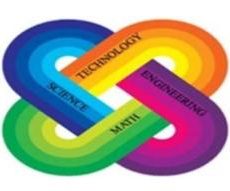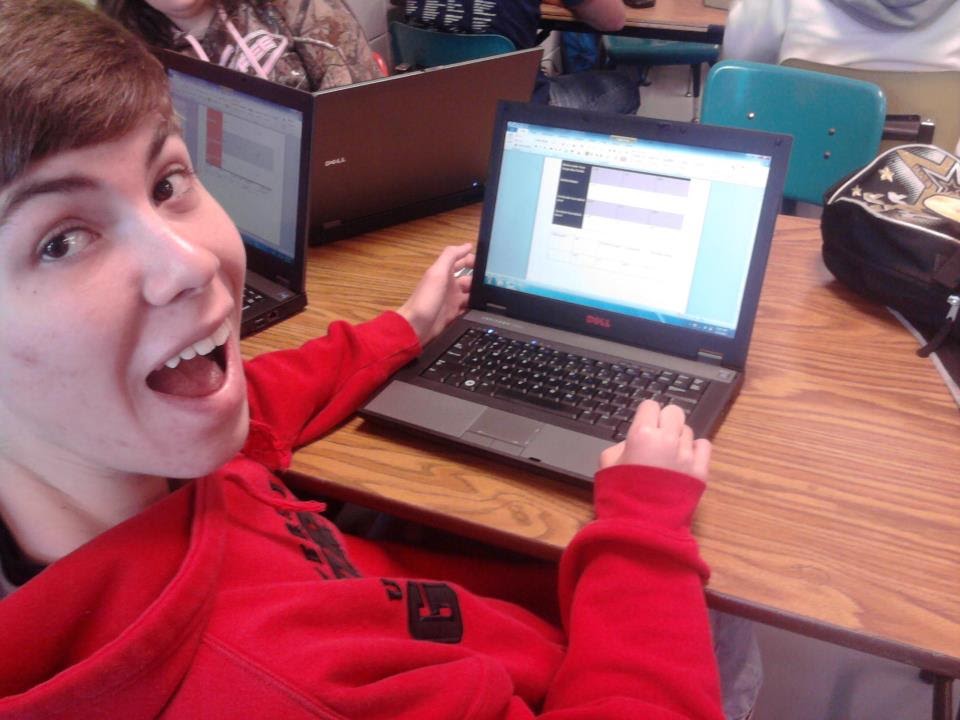Web 2.0 in the classroom
“You never change things by fighting the existing reality. To change something, build a new model that makes the existing model obsolete.” “Buckminster Fuller
It really hit me that we are living in a new reality when we visited my grandmother’s house over Christmas. She has a phone on the wall in the kitchen with a cord attached (gasp). My oldest, who is eleven, was fascinated with it and wanted to use it to call someone. As he was hanging up the phone, he said, “Mom, you are lying to me. This phone can’t be that old, see it has a hashtag button.”
In order to become a great teacher of any subject, you must have once been a clueless student. Maya Angelou said “I did then what I knew how to do. Now that I know better, I do better.” In fact, some of the best teachers were those who struggled to learn a challenging subject. Through that experience, they understand the challenges that their students will be facing. For me to understand the benefit of a technology and how I might use it in class, I must use it personally. I must become a part of the new reality and participate in creating the new model. Essentially, I must contribute to making my previous way of teaching obsolete.
Children, tweens and teenagers are engaging and communicating in new ways. This technologically driven world is changing the way they gather, process and use information. Students are always surprised to hear that I Snapchat or that I use Instagram. They are intrigued that I write several blogs, have a youtube channel and manage five facebook pages. After all, I am too old for all that.
The same way that I have to decode their slang words and understand their euphemisms, I also must immerse myself in their technology driven world in order to stay relevant and current in all aspects of my life, including teaching. Many teenagers are invested in traditional social networking sites and are fueled by people driven information. Essentially, they are ginormous water coolers where they can visit to retrieve the latest gossip. To redirect some of that energy to Edmodo, learnist, or the class weebly is somewhat of a triumph in itself.
One part of our advisement program helps students learn and understand the benefits and the dangers of the information sharing world in which we live. Our news program MCNN is created and published as a vlog daily with the anchors being current students. They do skits showing appropriate behavior using our PBIS guidelines. They even do a “what not to wear” fashion show each fall detailed what is and is not school appropriate. These newscasts come from the students to the students and are helping students make decisions about how much information to share with the public world, what they should wear to school and how they should behave. Being safe is always a concern. How do we invite the use of such a global network of people into their lives and keep them protected; while also allowing their need to make new friends and experience new relationships? One such way is to set-up and maintain specific expectations for their online behavior related to course work. Richardson (2010) even has a contract for students to sign before they begin the blogging process. This can further take the process of being safe from a suggestion to a requirement. Such contracts are available online from various sources and can easily be adapted.
With technology, I find that I am the life-long student. I am daily encountering new and exciting applications and websites that can be incorporated into the classroom. One of my favorite new sites is Learnist. It is a place where anyone can share their knowledge with the world. I am also a novice on Lino. I am enamored with the ways it can be used with activation and summarization strategies in class. I anticipate using both more as I become more familiar with them.
For more Web 2.0 tools and resources, you can check out my pinterest board for the topic! Feel free to comment on the pins that you see there or in the comments below. I always enjoy hearing and seeing what others think about the ever-changing way that students are learning using web 2.0.
Richardson, W. (2010). Blogs, wikis, podcasts, and other powerful web tools for classrooms. (3rd ed.). Thousand Oak, California: Corwin.




Hey I just came here for the first time here. I came across you from your Pinterest board and I find It truly useful, it helped me out a lot. Thanks
Nice blog! Is your theme custom made or did you download it from somewhere?
A theme like yours with a few simple adjustements would really make my
blog shine. Please let me know where you got your theme.
Appreciate it